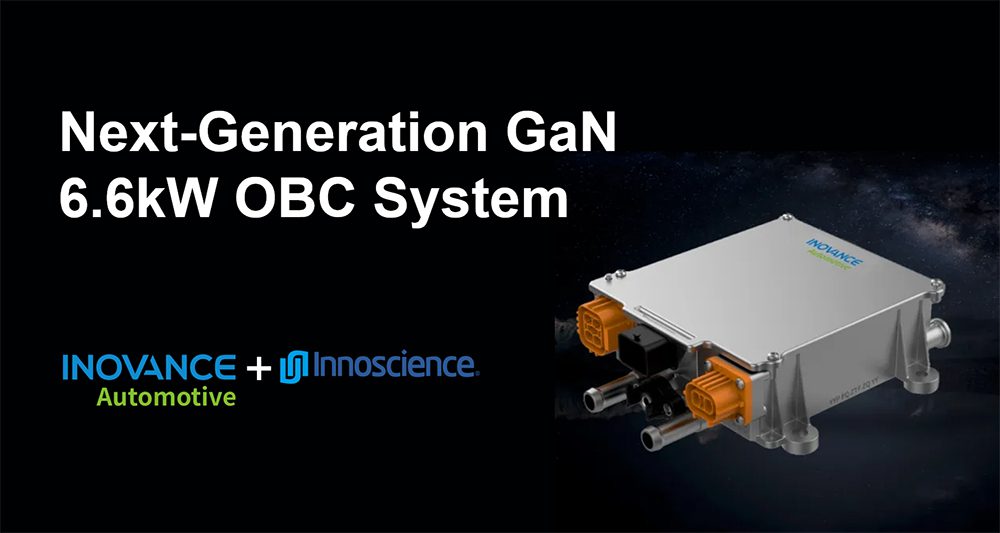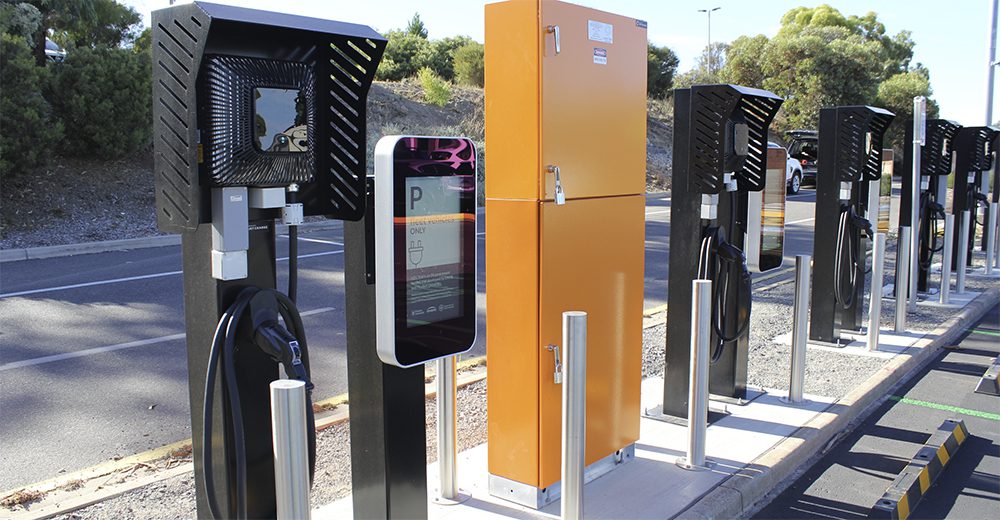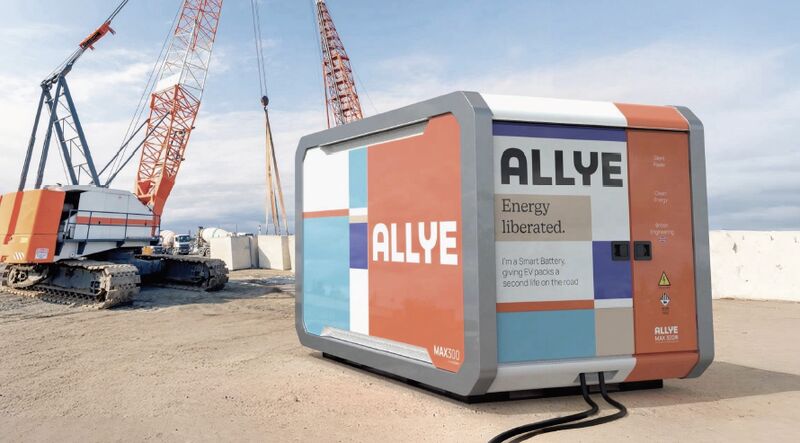Speaking at a recent event for investors, GM President Mark Reuss confirmed that the company will unveil a new Cadillac EV in April, and predicted that Cadillac will offer “mostly electric vehicles by the end of this decade.”
The e-Caddy will be the first model built on GM’s next-generation electric architecture, which Reuss described as a flexible platform that will enable the production of a wide variety of models with different sizes of battery packs.
The new architecture “allows us to use as many battery packs as the vehicle specifications call for,” said Reuss. “Six for a smaller EV, or we can go up to 8, 10, 12, or even 24 [modules] stacked on top of each other.” He compared the system to an ice-cube tray: “You can put in as much water to make as many cubes as you need.”
“One of the biggest advantages this approach gives us is how much possibility we can dial into any one program,” Reuss continued. “The system allows us to be as agile as the market dictates, never locked into any one thing. We can meet the market head-on, whatever it is. We can adjust on the fly if we need to. It also means we’re not spending money validating way more designs than necessary. We just swap the configuration.”
Reuss cited the upcoming GMC Hummer as “a great example” of this flexibility. It will be offered in multiple versions with different ranges and performance specs. “If a customer wants a basic package, we will have that. If the customer wants true off-road capability, we will have that, too.”
Reuss and CEO Mary Barra also said that GM’s new EV batteries would be completely recyclable.
A flexible platform that can accommodate many different EV models sounds like a splendid idea – the market badly needs a wider selection of electric models. (VW, Volvo and others have also touted flexible platforms, but the point usually seems to be to offer different powertrain options – gas, EV, PHEV – for the same model, a much less splendid idea.)
GM has been sounding very charged lately – Super Bowl ads, beefy electric pickup trucks, healthy investments in plants for EV production. However, we’ll have to season these announcements with a teaspoon of lithium salt. Electrek’s Bradley Berman pointed out that Reuss’s remarks about EVs represented about 10 minutes out of a three-hour program of presentations (he did promise more info at an upcoming “EV Day”). And until GM reverses its stance on federal emissions standards, it will be hard to regard any of its ambitious EV plans as permanent policies.










































































































